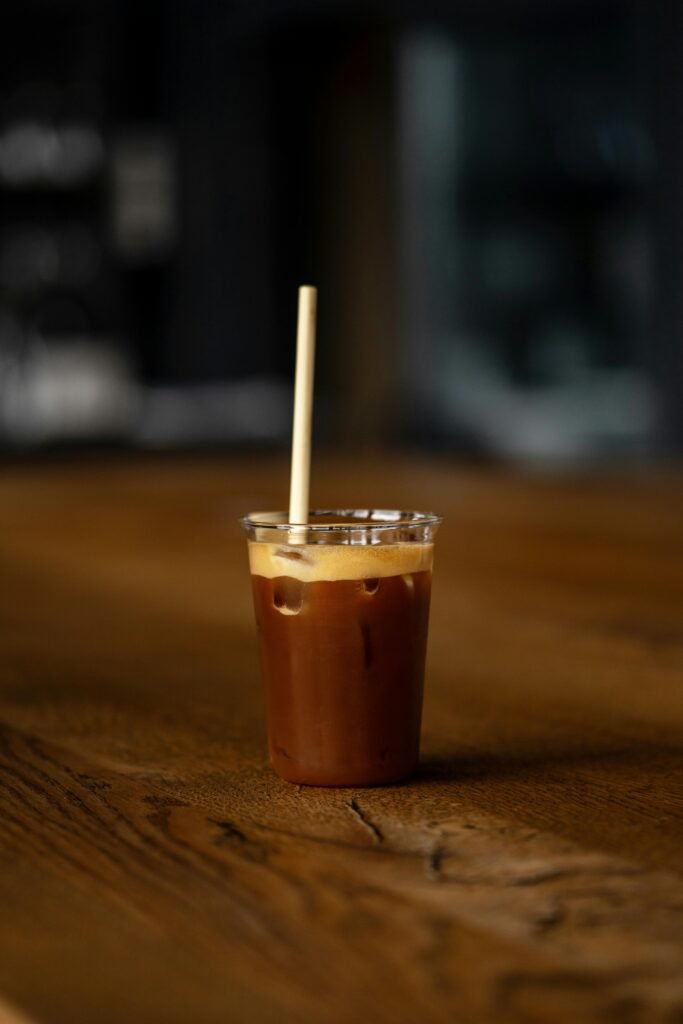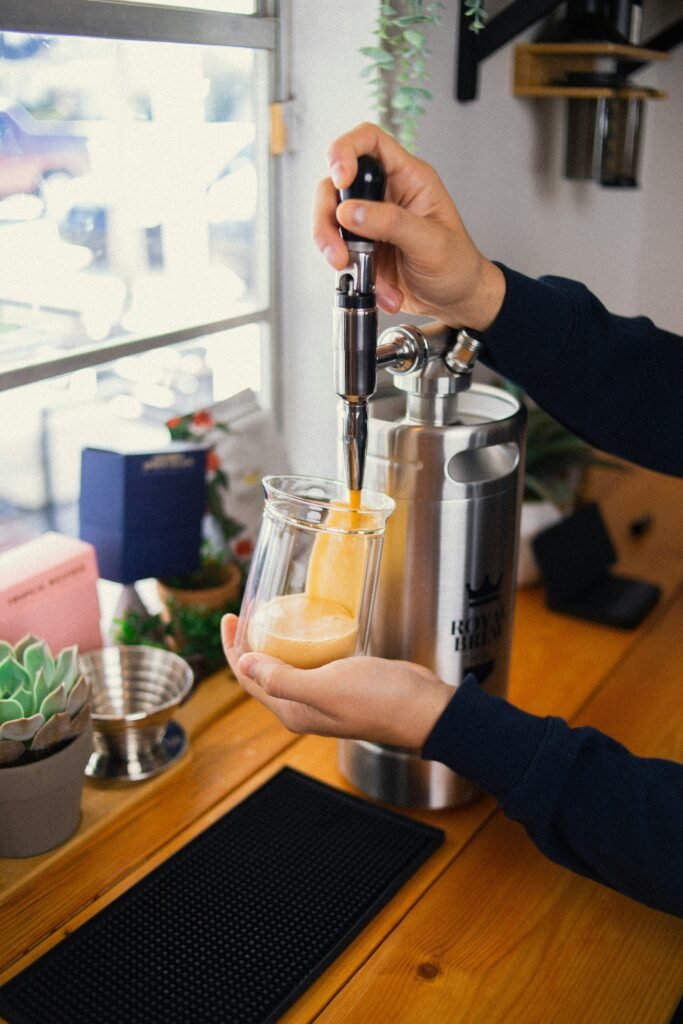Exploring Global Coffee Cultures: How the World Drinks Coffee
The Coffee Collect is reader supported. When you purchase through links on our site, we may earn an affiliate commission—at no extra cost to you. Your support helps us continue sharing coffee inspiration, tips, and discoveries with this community. Thank you for being a part of our coffee journey!
Every corner of the world brings its own flair to coffee. At The Coffee Collect, we believe there’s something meaningful about discovering how others enjoy their brew.
Today, we’re taking you on a journey through global coffee cultures to explore how the world drinks coffee.
Who knows, maybe you’ll find a new coffee ritual that you’ll fall in love with…
Italy: The Land of the Espresso
In Italy, coffee is all about simplicity and speed. Locals often stop by their neighborhood café multiple times a day, sipping tiny cups of espresso at the bar, rarely sitting down. The espresso is served short and strong, often consumed in under a minute. Milk-based drinks, like cappuccinos, are reserved for the mornings (ordering one after noon might get you a raised eyebrow).
Try this at home! Brew a short single shot of espresso and enjoy it with a small glass of sparkling water to cleanse your palate before and after. Embrace the Italian way—quick, quality coffee, enjoyed in the moment.
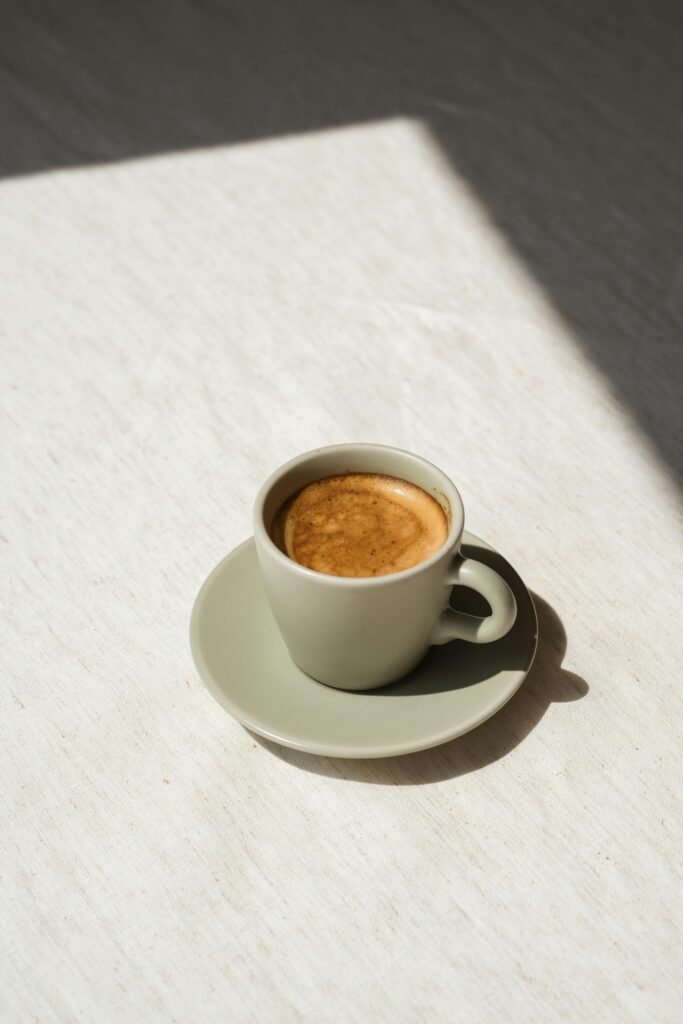
Ethiopia: Coffee as a Ceremony
The birthplace of coffee, Ethiopia treats coffee drinking as a deeply communal and cultural experience. The traditional Ethiopian coffee ceremony involves roasting green coffee beans over a fire, grinding them with a mortar and pestle, and brewing them in a jebena, a round-bottomed clay pot. The coffee is served in three rounds: abol, tona, and baraka, symbolizing transformation and blessing.

Japan: Precision and Pour Over
Japanese coffee culture blends traditional tea ceremony influences with modern science. Cafés often feature baristas who treat coffee-making like a craft, especially when using pour-over methods like the Hario V60, Kalita Wave, or siphon brewers. There’s deep attention to water temperature, grind size, and pour speed.
Inspired? Try a Hario V60 at home. Weigh your beans, heat your water to around 200°F, and pour slowly in circles. Notice how each step affects flavor. It’s mindfulness in motion.
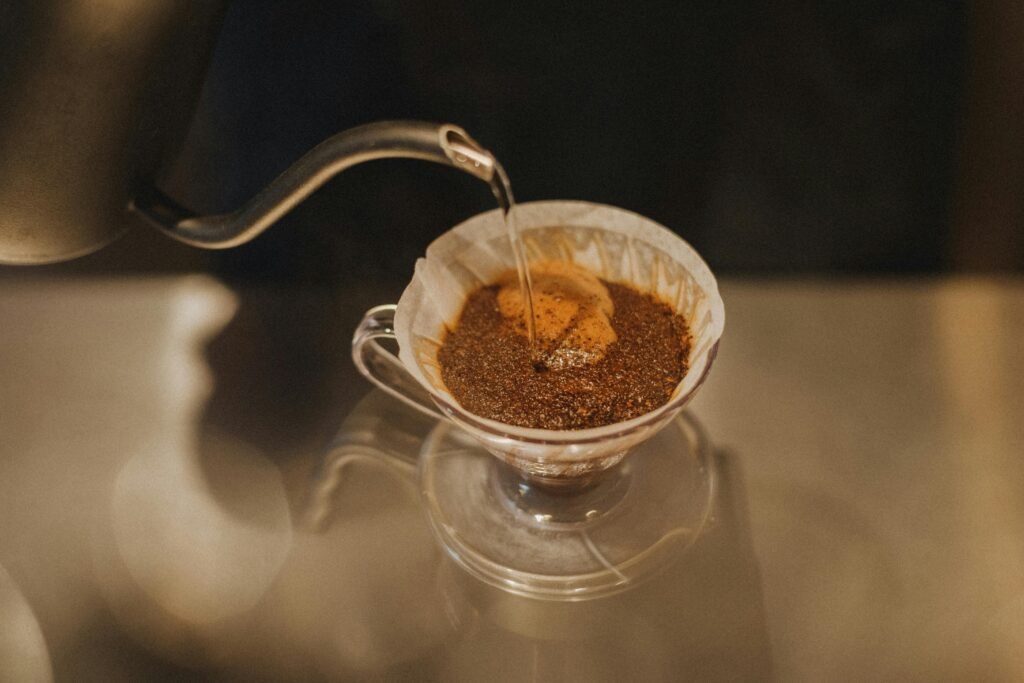
Sweden: Fika, the Coffee Break with Heart
In Sweden, fika is part of the lifestyle. Fika is a term that refers to a practice of taking the time to slow down, sip coffee, and enjoy conversation and pastries with others. It’s often practiced twice a day, both at home and in workplaces. The coffee is often served with kanelbullar (cinnamon buns).
At The Coffee Collect, we love fika because it reminds us that coffee can anchor meaningful moments of rest and relationship. Create your own fika moment with a cozy brew and a baked treat!
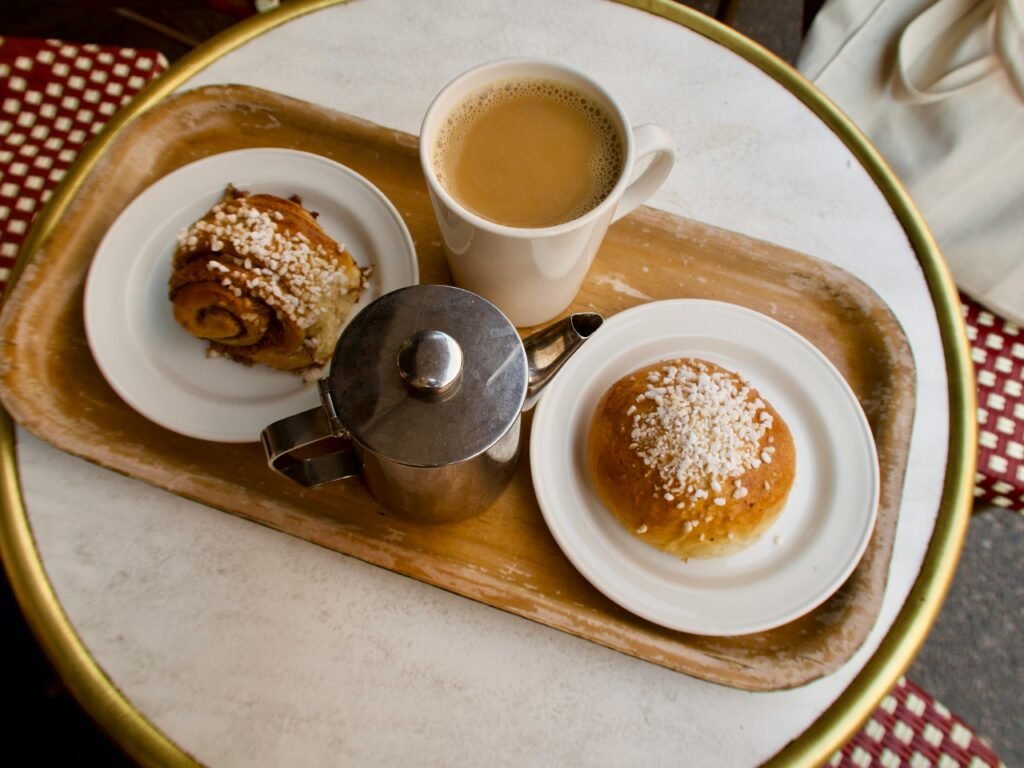
Vietnam: Sweet, Strong, and Iced
Vietnamese coffee is all about bold flavor and layered texture. Using a phin filter, coarsely ground robusta beans are slowly brewed directly over a glass of condensed milk. The result? A rich, chocolatey coffee that’s both strong and sweet. It’s typically poured over ice, making it a refreshing favorite in Vietnam’s tropical climate.
Bonus: Try egg coffee (cà phê trứng) from Hanoi—a decadent treat made by whipping egg yolk with sugar and layering it over hot coffee. It’s like tiramisu in a cup.
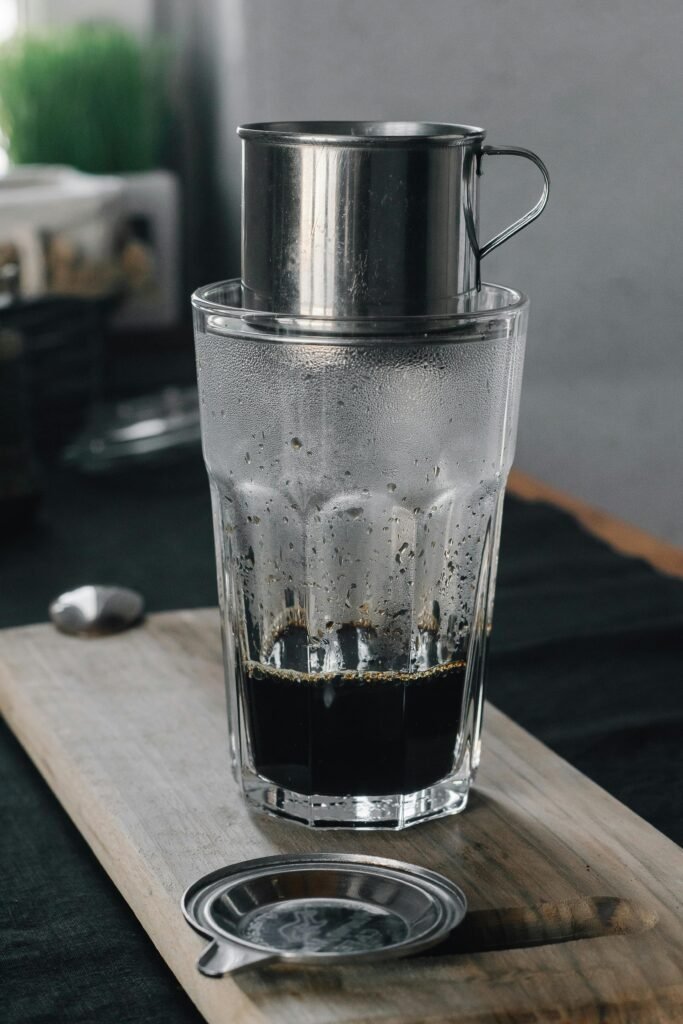
Mexico: Café de Olla
Café de olla is a traditional Mexican spiced coffee, brewed in an earthen clay pot that imparts a distinctive flavor. The coffee is steeped with cinnamon sticks, cloves, and piloncillo, a raw, caramel-like cane sugar. Café de olla is comforting and often enjoyed during Día de los Muertos, or shared around family tables.
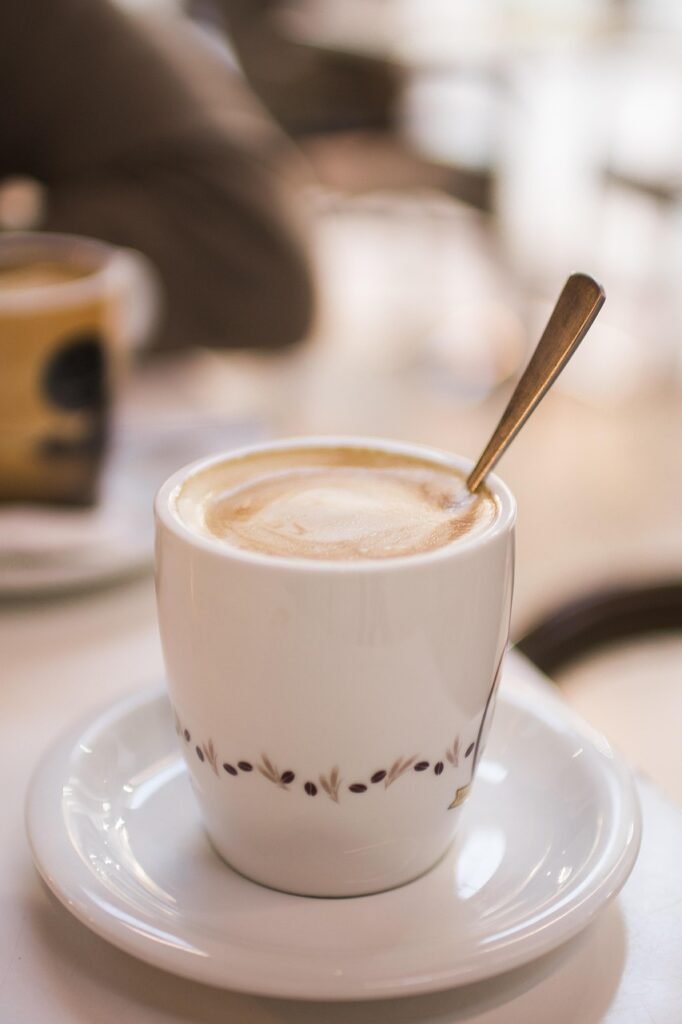
Turkey: Tradition in Every Sip
Turkish coffee is made by boiling ultra-fine coffee grounds in a cezve, a long-handled copper pot. The coffee is heated slowly over low flame until it foams, then removed just before boiling. It’s unfiltered, served in tiny porcelain cups, and often enjoyed alongside water and lokum (Turkish delight).
Turkish coffee isn’t stirred after pouring and should be sipped slowly, allowing the grounds to settle. At the end, some flip the cup over for a little fortune-telling from the leftover grounds.
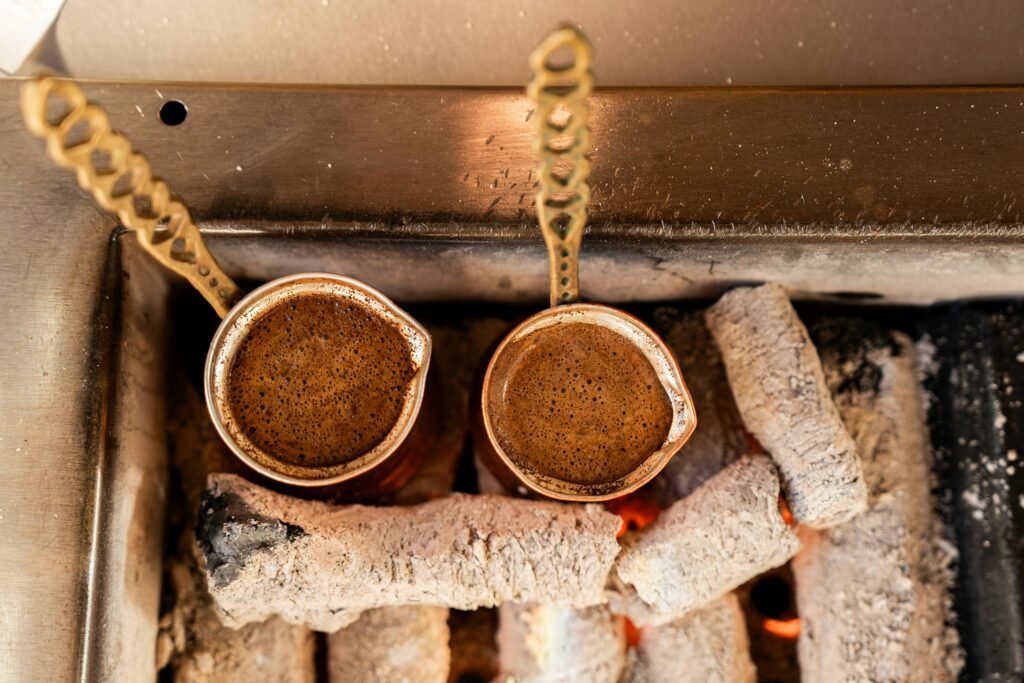
How to Make Authentic Turkish Coffee
United States: Coffee on the Move
In the U.S., coffee is fast, diverse, and deeply personal. From the classic drip pot in a diner to cold brew on tap at third-wave cafés, American coffee culture reflects convenience and customization. Specialty drinks—pumpkin spice lattes, oat milk macchiatos, nitro cold brews—are as varied as the people who order them.
While grab-and-go reigns, the third-wave movement encourages slowing down and savoring single-origin beans and barista-quality craftsmanship.

Explore Global Coffee Cultures at Home
Want to bring global coffee culture into your daily brew? Here are some things to get you started!
- Italian Espresso Cups – Enjoy espresso like a Roman
- Hario V60 Pour Over Kit – For your Japanese-inspired mornings
- Kalita Wave Dripper – Master the perfect pour-over
- Siphon Coffee Maker – A stunning way to brew with science
- Vietnamese Phin Filter – Brew bold, sweet iced coffee like a local
- Piloncillo (Mexican Cane Sugar) – Add authentic flavor to your café de olla
- Turkish Cezve (Ibrik) – Make rich, unfiltered Turkish coffee
- Lokum (Turkish Delight) – The perfect sweet pairing for your Turkish coffee
Coffee Connects Us
Across cultures, one theme remains: coffee brings people together. It’s a symbol of friendship, warmth, and presence, and there’s beauty in every tradition.
We invite you to explore the world through coffee—one cup, one culture, one person at a time.
Which coffee culture do you come from? Have you ever tried brewing in a new way or picked up a ritual from another part of the world? Let us know! Tag us on Instagram @the.coffee.collect—we’d love to share your story!
-the coffee collect.


